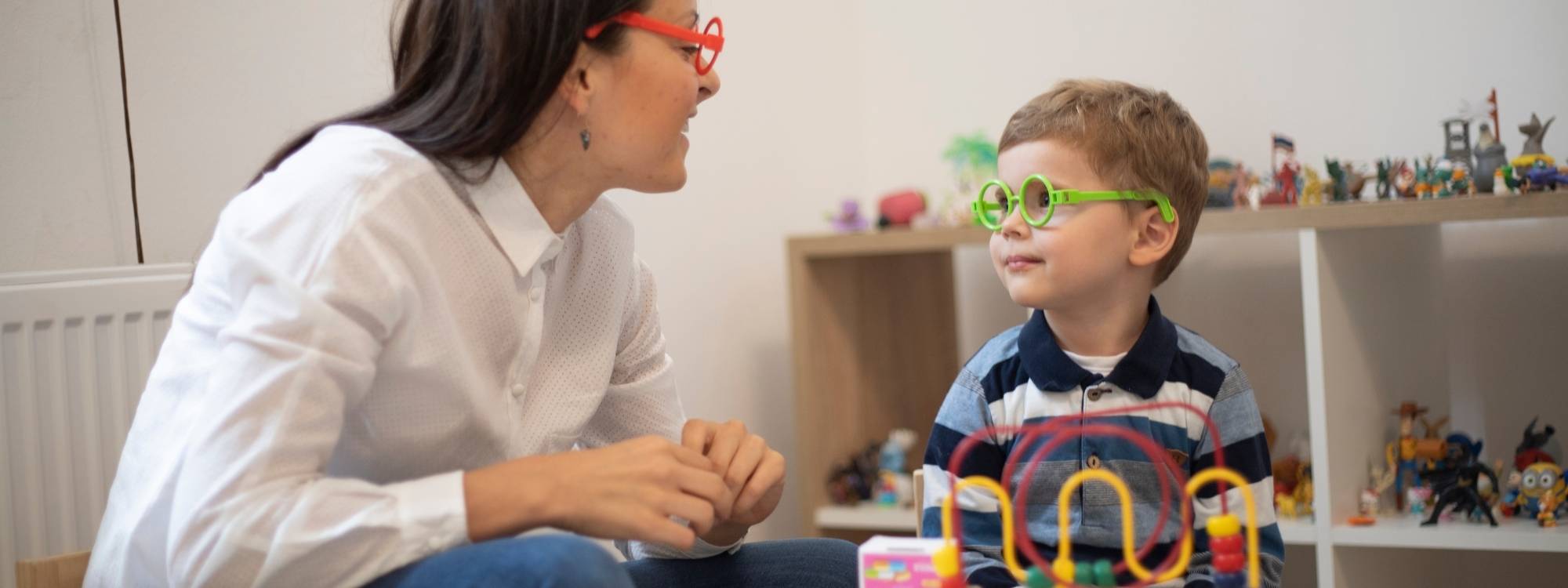What is PECS? Guide to the Picture Exchange Communication System
Communication is an essential part of human interaction, but for individuals with autism spectrum disorders or other developmental disabilities, verbal language can be a significant challenge. The Picture Exchange Communication System (PECS) is an augmentative and alternative communication method designed to help individuals develop functional communication skills. Initially developed by Pyramid Educational Consultants for the Delaware Autism Program, PECS has been widely used as an evidence-based practice to assist nonverbal individuals in initiating communication effectively.
This article explores the fundamentals of PECS, its six phases, the benefits and challenges of its implementation, and answers to common questions about its use. By understanding PECS, caregivers, educators, and therapists can help individuals with autism and other communication challenges develop speech, engage in social interactions, and gain greater independence.
What is PECS?
PECS is a functional communication system that teaches individuals to communicate by exchanging single pictures for a desired item or action. This system is designed to provide spontaneous communication opportunities, ensuring that individuals learn to initiate communication instead of relying solely on verbal prompts.
Originally developed in 1985 by Andrew Bondy and Lori Frost, PECS was designed to help autistic children and other individuals with limited expressive communication skills. Unlike verbal behavior training that relies on spoken language, PECS emphasizes the use of visual aids to build independent communication skills. Over time, individuals can progress to more advanced phases, where they learn to form simple sentences, answer questions, and expand their language skills.
How PECS Works: The Six Phases Explained
The PECS teaching protocol is structured into six progressive phases that help individuals transition from basic picture exchanges to more complex sentence structures. Each phase builds upon the previous one, reinforcing responsive requesting and language expansion skills.
Phase I: How to Communicate
In the first phase, individuals are taught to exchange single pictures to request a desired item. A physical prompter assists in encouraging this interaction, ensuring the individual immediately initiates communication when they want something.
Phase II: Distance and Persistence
At this stage, the individual learns to seek out their communicative partner even when they are not close. This phase emphasizes persistent communication, helping individuals generalize communication skills across different settings.
Phase III: Picture Discrimination
The individual is introduced to two or more pictures and learns to select the correct image based on what they want. This phase improves their ability to teach discrimination between different objects and concepts.
Phase IV: Sentence Structure
In this phase, individuals learn to construct simple sentences using a detachable sentence strip. For example, they might arrange pictures to say, “I want [desired item].” This phase introduces language expansion individuals learn, fostering structured communication.
Phase V: Answering Questions
Here, individuals learn to respond to questions like “What do you want?” by using the PECS communication book. This phase shifts the user from purely making requests to engaging in structured conversations.
Phase VI: Commenting
The final phase encourages phase VI commenting individuals to express observations and thoughts beyond making requests. They learn to form sentences like “I see a bird” or “I hear music.” This helps them develop social skills and spontaneous communication in everyday settings.
Who Can Benefit from PECS?
PECS is widely used to support individuals who experience communication challenges, including:
- Autistic children and adults who struggle with verbal communication.
- Individuals with developmental disabilities need an alternative communication method.
- Children with speech delays who require structured, visual-based communication tools.
- Nonverbal individuals seek to develop speech and expressive communication skills.
By successfully implementing PECS, these individuals can enhance their ability to initiate communication and improve their social interactions.
Benefits of PECS
PECS has been proven effective in developing speech, improving independent communication, and reducing frustration in individuals with autism spectrum disorders. Some of the key benefits include:
- Enhancing communication skills: Individuals learn to communicate their needs effectively without relying solely on spoken language.
- Encouraging verbal behavior: Research from the National Autism Center suggests that it helps some users develop verbal language over time.
- Reducing behavioral challenges: By offering a structured way to express desires, it minimizes frustration-related behaviors.
- Improving social interactions: PECS teaches users how to engage with communicative partners in meaningful exchanges.
- Adaptability across different settings: The system is used in schools, therapy centers, and homes worldwide, making it a comparative effectiveness review-backed intervention.
Challenges & Limitations of PECS
Despite its many benefits, PECS also comes with some challenges:
- Time-Intensive Training: Training requires consistent reinforcement strategies from family members and educators.
- Transitioning to Speech: While many individuals learn to develop spoken language, some may remain reliant on the communication book.
- Avoiding Prompt Dependency: Overuse of verbal prompts can create reliance rather than foster immediate initiation of communication.
- Material Preparation: Caregivers must consistently update picture discrimination individuals to accommodate changing needs.
How to Get Started with PECS
Implementing PECS involves careful planning and adherence to the PECS protocol:
- Obtain the necessary materials: This includes a communication book, detachable sentence strips, and a variety of picture symbols.
- Work with a trained professional: Certified users or therapists can guide the process and ensure success.
- Apply reinforcement strategies: Reward the individual when they initiate communication.
- Practice across different environments: Encourage use at home, school, and in social settings to generalize skills.
Conclusion
PECS is a successfully implemented communication method that empowers individuals with autism and other speech challenges. By following the PECS protocol and ensuring structured teaching, individuals can develop speech, enhance social skills, and gain greater independence in daily communication.
Struggling to help your child communicate effectively? Champions ABA specializes in PECS training and personalized intervention programs to support autistic children and individuals with developmental disabilities in building functional communication skills. Call (877) 242-1744 or visit our website today to learn how our expert team can help your child develop speech, express their needs, and gain greater independence!
FAQs
What is PECS autism?
PECS is a functional communication system designed to help autistic individuals express their needs through picture exchanges. It is used globally to support individuals with autism spectrum disorders in developing expressive communication skills.
What does PECS stand for?
It stands for Picture Exchange Communication System. It is a structured teaching approach that enables spontaneous communication through picture-based requests.
What is the PECS method of teaching?
The PECS teaching protocol consists of six phases, starting with simple picture exchanges and progressing to structured sentence formation and commenting. This method is based on evidence-based practice principles to help individuals develop communication skills.
What are the six stages of PECS?
The six stages include learning to exchange pictures, increasing persistence and distance, developing picture discrimination, constructing sentence structure, answering questions, and making comments and observations.



